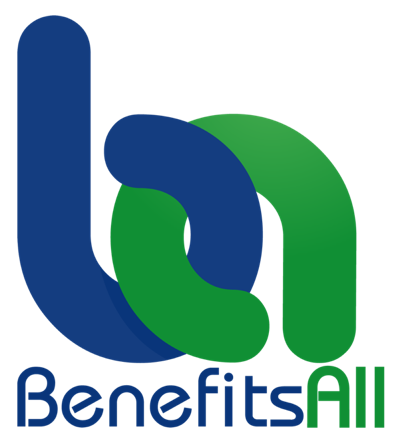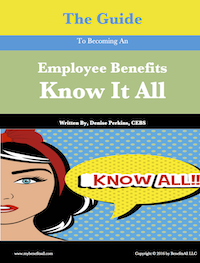One-Person, Self-Employed Retirement Savers Are Being Ignored
July 28, 2016
The retirement services industry claims it has a retirement savings product for everyone. That government-sponsored retirement savings plans targeting those without access to a workplace retirement plan are redundant. Technically, the industry may have a point. You don’t have to save for retirement in an employer-sponsored plan; there are individual retirement plans already available. But if you are a low-wage worker, you’re not likely to be aware of these plan options and would have no idea how to get started using one. So a state or federal government retirement savings program marketed to you is not a bad idea.
But what if you are a low- to middle-income, one-person, self-employed worker in need of saving for retirement? Who’s marketing retirement plan products to you? Basically, no one...
Who Are The One-Person, Self-Employed
So who are these often low-balance retirement savers? Many fall into the one-person, self-employed category. According to a report from Emsi, the largest self-employed occupations that are also the lowest earning include:
- Child Care Workers
- Maids
- Farmers
- Landscape Workers
- Hairdressers, Hairstylists and Cosmetologists
- Automotive Service Technicians
- SEP IRA
- SIMPLE IRA
- Solo 401(k)
- Defined Benefit Plan
- Traditional and Roth IRA
- Robo-Advisor (e.g., Betterment)
Who Cares About The One-Person, Self-employed Retirement Saver
Many financial advisors shamelessly oppose the Department of Labor’s fiduciary rule that requires they put the interest of their clients above their own, among other things. They claim, and many politicians agree, that provisions of the rule make it harder to offer their services to low-balance retirement savers. However, they never provide even an estimate of how many of their clients fall into this investor category. And that is probably because, with a few exceptions, the industry ignores these savers. As do politicians.
We Need Public Policies To Address The Retirement Needs Of The One-Person, Self-Employed
The average financial advisor or brokerage house is not rushing to manage the accounts of one-person, self-employed low- to middle-income earners because it is not worth their time. However, it is harder to understand why federal and state lawmakers ignore the retirement savings needs of these workers or worst, make it harder for them to save. There are government savings and tax programs that these workers can benefit from, like the Earned Income Tax Credit (EITC) and the Saver’s Credit, but good luck finding out about these programs, let alone using them.
According to a recent blog post, the Department of Labor (DOL) just created a grant program “to help workers who traditionally lack access to employer-provided retirement benefits, including independent contractors, or those less likely to have income from pensions or assets.” In other words, the DOL is finally studying the issue and looking for suggestions. A little late to the party but better late than never…
Here are a few ways government (DOL, IRS, Congress, state legislatures) can help one-person, self-employed workers save for retirement:
- Certify and hire active and retired financial advisors or “retirement navigators” to provide retirement plan and tax education and enrollment assistance
- Create a free online resource center that includes retirement plan information and a list of advisors to assist in education and enrollment
- Place advisors and retirement navigators in local Social Security and unemployment offices, YMCAs and other community centers, malls and grocery stores
- Partner with robo-advisors to offer their individual retirement products
- Simplify the tax code to make it easier (or automatic) to take advantage of programs like the EITC and Saver’s Credit
- Make filing taxes for the self-employed as easy as a W-2 employee (so they don’t have to hire an Accountant they can’t afford to prepare their return)
- Allow the Saver’s Credit to offset self-employment taxes
- Advertise retirement plan resources and services on social media, and in malls and grocery stores
Many one-person, self-employed workers want to save for retirement. Unfortunately, they have to seek out accountants and financial advisors whose fees cut deeply into their meager savings. The financial advisor sector has ignored these savers in pursuit of higher-balanced accounts. The government has ignored these savers while providing support and incentives to multiple-employee small businesses. It is time to simplify the tax code and provide retirement savings plan education and enrollment support to the millions of one-person, self-employed workers in the U.S. who want to save.
blog comments powered by Disqus


 Denise Perkins
Denise Perkins




